#martina arroyo
Explore tagged Tumblr posts
Text


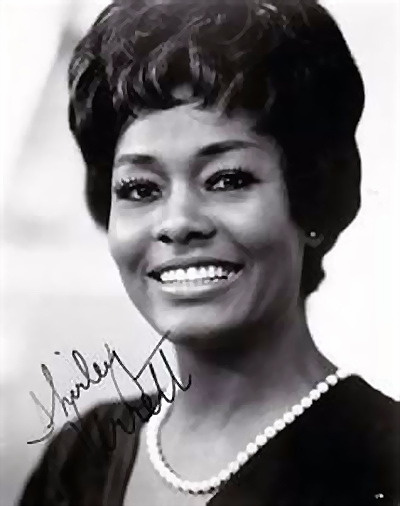
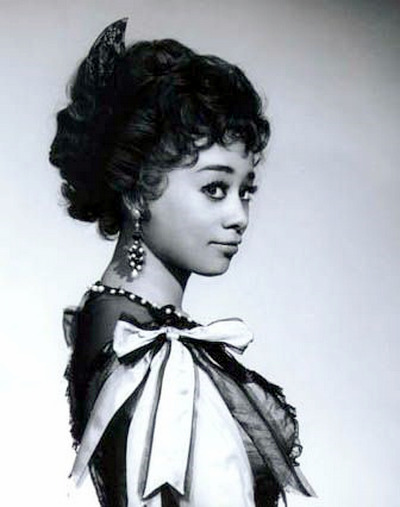
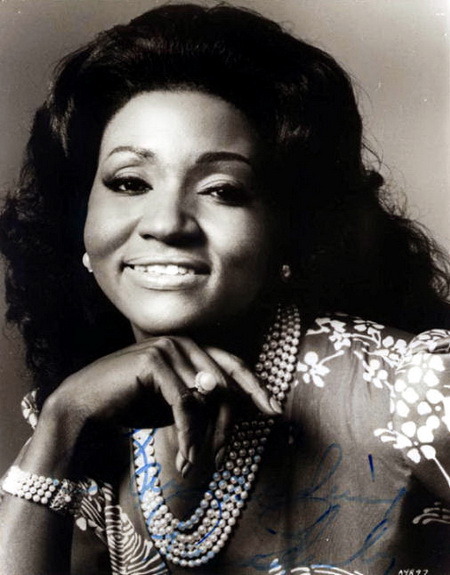

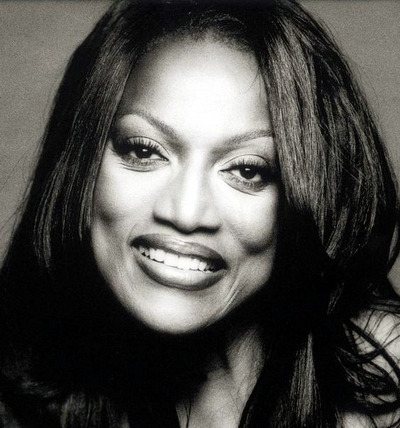


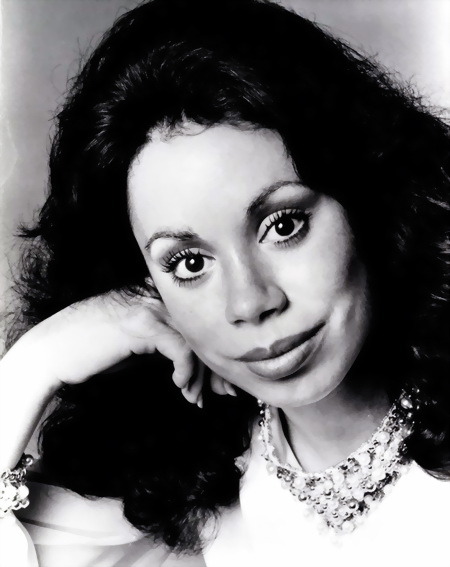
Black History Month: Some of the greatest African-American opera divas of the 20th century: Marian Anderson, Leontyne Price, Shirley Verrett, Reri Grist, Grace Bumbry, Martina Arroyo, Jessye Norman, Kathleen Battle, Leona Mitchell and Maria Ewing.
#marian anderson#leontyne price#shirley verrett#reri grist#grace bumbry#martina arroyo#jessye norman#kathleen battle#leona mitchell#maria ewing#legendary#opera divas#opera icons
65 notes
·
View notes
Text
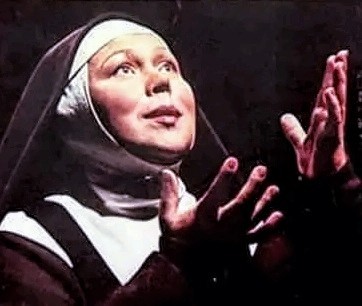


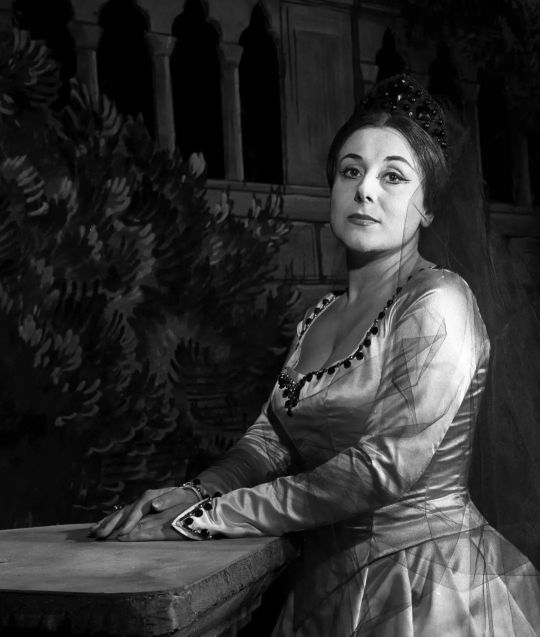
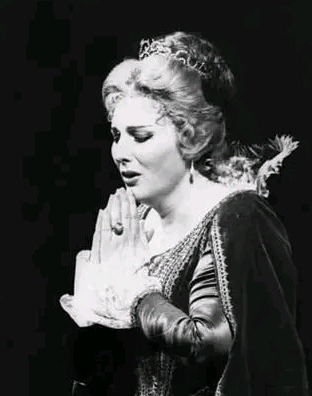

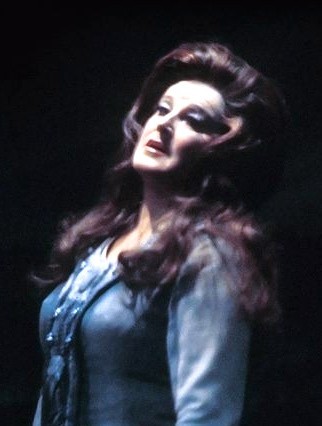

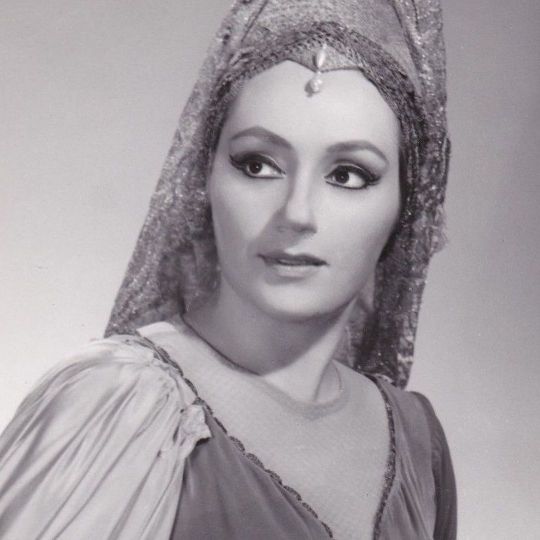

#great sopranos#birgit nilsson#gabriella tucci#ghena dimitrova#marcella pobbe#renata scotto#beverly sills#elizabeth schwartzkopf#martina arroyo#antonietta stella
4 notes
·
View notes
Text

Today In History
Grace Bumbry, famed mezzo-soprano opera singer, was born January 4, 1937 in St. Louis, Missouri. She was a member of a pioneering generation of singers beginning with Leontyne Price and including Martina Arroyo, Shirley Verrett, Jessye Norman, Kathleen Battle, and Reri Grist, who succeeded Marian Anderson in the worlds of opera and classical music.
They paved the way for future generations of African American opera and concert singers. Bumbry’s voice was rich and dynamic, possessing a wide range, and was capable of producing a very distinctive plangent tone.
CARTER™ Magazine
#carter magazine#carter#historyandhiphop365#wherehistoryandhiphopmeet#history#cartermagazine#today in history#staywoke#blackhistory#blackhistorymonth#Grace bumbry
68 notes
·
View notes
Text
youtube
Giacomo Meyerbeer (1791-1864) - Les Huguenots / Act 5 - C'est toi, mon vieux Marcel ·
Anastasios Vrenios · Nicola Ghiuselev · Martina Arroyo ·
Ambrosian Opera Chorus · New Philharmonia Orchestra · Richard Bonynge
2 notes
·
View notes
Text
Many great divas of the last thirty to forty years have been African Americans: Grace Bumbry, Martina Arroyo, Shirley Verrett, Leona Mitchell, Betty Allen, Mattiwilda Dobbs, Kathleen Battle, Leontyne Price, Jessye Norman. And yet, until recently, opera was a white enterprise. Most opera houses forbade women or men of color from singing or attending. Few blacks attended the Metropolitan Opera, even in the absence of strict segregation policies, and no blacks sang leading roles there until Marian Anderson made her postprime debut in 1955 as Ulrica the gypsy witch in Un Ballo in Maschera. Rosalyn M. Story's recent study, And So I Sing: African-American Divas of Opera and Concert, details a long history of African-American women achieving fame either through recital work or through operatic performances in all-black companies.
In Jean-Jacques Beineix's film Diva, the diva, Wilhelmenia Wiggins Fernandez, an American woman of color, subverts the traditional image of the white diva and reminds us that divas, though usually white, have been linked to racial otherness, darkness, exoticism, and "blood". Long before the recent flourishing of the African-American diva, opera culture used images of darkness to demonize the diva. Color is one of the primary metaphors for the qualities of vocal tone. Singers are taught to avoid the "white" sound and to cover the tones, to make them darker. Roles like Carmen rely on the notion of the diva's "Latin blood". When divas have been made up to appear Asian or African for such roles as Aida, Selika, Cio-Cio-San, and Iris, they were expressing opera culture's insistence on the dark nature of the diva, as well as underscoring, in a problematic masquerade, the white diva's separation from the women of color she portrays.
The voice of the black operatic or concert diva was imagined to emanate directly from her ethnicity: commentators referred to Marian Anderson's "Negroid sound." And listeners have used metaphors of darkness and of racial essence to describe the appeal of certain female operatic voices even when the singer was white. Maria Malibran and Pauline Viardot were frequently described as having non-European features; one friend of Malibran speculated on the diva's "negro blood." A journalist, describing Adelina Patti as a child, notices her "little brown throat," her "Dark arms" clinging to her girl playmates' "white little necks"; because of her darkness, she is a "born exponent of the Spanish type." Italian origin was itself considered a sign of darkness: Margherita de L'Epine was called the "tawny Tuscan."
The diva brings her vocal treasure abroad, on tour to the colonies; and she finds there, among the colonized, a reflection of her abjected organ. Galli-Curci's biographer, narrating the diva's tour of Asia and Africa, alternates descriptions of her "native" audiences and accounts of her larynx's increasing vulnerability to medical specialists and to disease, as if the diva's voice, sent to tame and tranquilize the colonized, were itself the empire's possession, doomed to mysterious maladies and uncontrolled passions. Galli-Curci was like a missionary bent on conquering darkness; but her voice, because it was female, hidden, and inscrutable, was already aligned, in the imagery of empire, with the colonized.
- The Queen’s Throat: Opera, Homosexuality, and the Mystery of Desire, Wayne Koestenbaum.
10 notes
·
View notes
Text


2024 Horror Challenge: [85/?]
↳“If she writes your name... you're cursed.” Sister Death (2023) dir. Paco Plaza
Plot: After a childhood marked by a miracle, Narcisa, a novice nun joins a school to teach young girls.
Starring: Aria Bedmar, Maru Valdivielso, Luisa Merelas, Almudena Amor, Chelo Vivares, Sara Roch, Olimpia Roch, Adriana Camarena, Martina Delgado & Claudia Fernández Arroyo
Okay, one last review and then I'll be all caught up besides the planned Halloween watches. Idk how I forgot about typing one for this movie besides thinking it was maybe just okay. I do remember rather liking Veronica enough when I watched it a few years ago for the challenge and so when I saw Netflix gave us a prequel, I was a little curious about it. Mostly because I wondered what the focus possibly could be about. I do like that at the end they do at least make sure to give us a connection to Veronica, even if it does feel a little tacked on tbh. I do think it was able to bring the eerie vibes with plenty of haunting visuals but I still wouldn't say it felt truly unique. That's the thing about the subgenre with nuns, they're all really starting to blur together a bit. lol Which is probably why it's not necessarily my fave horror movie subgenre per se but it could have been a lot worse. Overall, it was just okay, like I said. Still felt like it was worth watching tho, especially if the nun subgenre is your thing. Aria Bedmar was a pretty engaging lead imo so that's a definite positive. I just wish it was able to fully meet my expectations but then I did feel like maybe not to expect too much either so IDK what I really wanted tbh. Some prequels just aren't needed but since it was decent, I won't say that here. And I'm gonna stop here before I say another movie was just fine. XD
One last movie marathon left!! Hopefully I'll enjoy all of them?? (LOL, there's at least one that has me semi-regretting it but we'll see I guess)
1 note
·
View note
Text
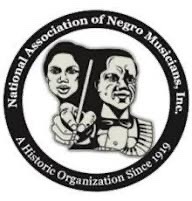
The National Association of Negro Musicians, Inc. is one of the oldest organizations in the US dedicated to the preservation, encouragement, and advocacy of all genres of the music of African-Americans. NANM had its beginning on May 3, 1919, in DC at a temporary initial conference of “Negro” musicians under the leadership of Henry Grant and Nora Holt. Within Members lend their support and influence—educators and professional musicians share their musical knowledge, and amateurs and enthusiasts grow in their musical enjoyment.
NANM has provided encouragement and support to thousands of African American musicians, many of whom have become respected figures and have contributed to American culture and music history. The organization has awarded scholarships to scores of talented young musicians throughout the country, including Marian Anderson, William L. Dawson, Florence Price, Margaret Bonds, Warren George Wilson, James Frazier, Julia Perry, Grace Bumbry, Leon Bates, Joseph Joubert, and Awadagin Pratt.
Many international personalities have been presented in performance, including Lena Horne, Todd Duncan, John W. Work, R. Nathaniel Dett, Marian Anderson, Edward Boatner, Camille Nickerson, Clarence Cameron White, Margaret Bonds, Florence B. Price, Etta Moten, Betty Allen, Natalie Hinderas, Adele Addison, Kermit Moore, Simon Estes, George Shirley, Robert McFerrin, Shirley Verrett, Jessye Norman, Carl Rossini Diton, Sanford Allen, Derek Lee Ragin, the Uptown String Quartet, Esther Hinds, Ruby Hinds, Wilhelmenia Fernandez, the Hinds Sisters, William Warfield, Benjamin Matthews, the Albert McNeil Jubilee Singers, Harolyn Blackwell, Billy Taylor, Delphin and Romain, Greg Hopkins, Martina Arroyo, and Nina Simone.
Clinicians and lecturers of note include Carl Diton, Warner Lawson, Frederick Hall, Kemper Harreld, Wendell Whalum, Eileen Southern, Doris Evans McGinty, Alain Locke, Grace Bumbry, Sylvia Olden Lee, James Cleveland, Raoul Abdul, Matthew Kennedy, Geneva Handy Southall, Sowah Mensah, Willis Patterson, Roland Carter, Brazeal Dennard, Robert Harris, and Shirley Verrett. #africanhistory365 #africanexcellence
0 notes
Text
'VIEWS FROM THE EDGE' - w/c 1st January 2024
Deacon Blue ‘Queen Of The New Year’
Tiger Lilley ‘New Year’
Keltic Electrik ‘Caledonia’
Sticky Filth ‘Yorkshire Ripper’
Janani ‘Run (Pick Up The Gun)’
John Legend ‘Roll Jordan Roll’
Rory Gallagher ‘Souped Up Ford’
Masaaki Suzuki ‘Sie werden aus Saba alle kommen, BWV 65’
Martina Arroyo/New Philharmonia Orchestra/Riccardo Muti ‘Un ballo in maschera, Act 3: "Morrò, ma prima in grazia" (Amelia)’
Healthy Junkies ‘Je Suis Free’
Glider ‘Ship Of Fools’
World Party feat. Anthony Thistlethwiate ‘Ship Of Fools’
Delivery ‘Fools’ Meeting’
Joanne Shaw Taylor feat. Joe Bonamassa ‘Won’t Be Fooled Again’
Beth Hart ‘Let It Grow’
Samantha Fish ‘Watch It Die’
Midnight Ambulance ‘5 AM’
Michele Shocked ‘5 AM In Amsterdam’
Kelly Rowland ‘Stole (5 AM Remix)’
The Tibbs ‘Ain’t It Funny’
Duffy ‘Mercy’
Tim Buckley ‘Sweet Surrender’
Love & Money ‘Winter’
Rod Stewart ‘The Killing Of Georgie Parts 1 & 2’
Neil Young & Crazy Horse ‘Driveby’
0 notes
Text
Aprendiendo un poco mas de nuestro ritmo el Chandé.
Chandé como herencia africana del Caribe colombiano.
Chandé es un ritmo alegre, dinámico y fiestero que hace parte de la idiosincrasia caribe afrodescendiente con un sustancial aporte indígena. Este representa una de las ricas manifestaciones inmateriales que han consolidado la cultura caribe. El Chandé es un ritmo de cortejo y no importa la manera del cortejo, si no la forma en la que se demuestra.
El Chandé, como la mayoría de los ritmos afrodescendientes, está basado en la percusión. Este se toca con tambora, tambor alegre, tambor llamador, maracas, flauta de millo/gaita hembra y macho, acompañadas por las palmas de los bailarines.
Entre estos instrumentos sobresale la Tambora, “que más allá de designar un instrumento musical específico o un baile, constituye en sí misma una compleja manifestación cultural. El Chandé como festividad forma parte de la tambora y cumple un papel ritual muy específico en la celebración navideña o en la celebración del día del santo patrón/a de cada uno de los municipios”. (Ciro, 2003, p.2)
Con respecto al Chandé como festividad propia de las comunidades afrodescendientes en el Magdalena se llegó a afirmar que: “El Chandé tenía una función peculiar [...] fue tocada y cantada durante los desplazamientos, en el momento en que la Tambora se levantó de un lugar para ir a otro. Se cantaba entonces vámonos caminando [...]. Por eso, en general, las palabras de los chandés evocaban temas relacionados con la calle, con el desplazamiento y con el andar [...]”. (Carbó, 2003, p. 82)
El Chandé, tiene dos variantes principales. Una de ellas se practica en las orillas del Río Magdalena y se caracteriza por la alternancia de solista-coro que encontramos en la música de Totó, Venancia y Martina. La otra es conocida por su baile, la danza del garabato, la cual muy importante en escenarios como el Carnaval de Barranquilla.
Entre estas se destaca la práctica de “la música y danza del Chandé, pues se asume como parte de las producciones que (durante cierto tiempo) han actuado en los procesos de sujeción a un lugar de afirmación de contenidos que guían la actuación comunitaria. El Chandé hace parte de una experiencia sonora que habita el cuerpo, marca un ritmo de vida que acompaña la formación de la cosmogonía, la cual afirma la trayectoria vital de un pueblo” (Villa, 2016: 11)
El Chandé, representa la experiencia cultural de los pueblos afrodescendientes, como cuando los mayores cantaban, marcando un ritmo en las formas de hacer las cosas en un tiempo y un espacio donde eran obligados a trabajar y que se ha transformado en cantos de laboreo.
En términos puntuales como, lo señalan los hermanos Villa, “las narrativas son cultivadas como parte de un querer decir, hacer decir y saber decir a partir de las palabras que son empeladas para sembrar los sonidos del mar, los ríos, las ciénagas, las sabanas, los valles, las montañas, las selvas, los desiertos, los caños, los arroyos, los cerros, las aves, los animales de monte y la gente que se sitúa en los escenarios de producción narrada que se desprende de los contenidos de la memoria de los lugares”. (2016, p.12)
Con el transcurrir de los tiempos y los festivales en comunidades afrodescendientes, se fueron separando progresivamente el ritmo musical de la festividad, “despojándolo de su función social fundamental: seguir el liderazgo espontáneo de cantadores/as que señalaban a la comunidad las rutas de los desplazamientos y del reconocimiento del territorio, a través de la fiesta y del disfrute colectivo de comidas y bebidas tradicionales. Siendo este un factor aglutinante del Chandé”, (Carbó, 2018, p. 4). Así, las bebidas son el combustible del Chandé.
El Chandé, encierra un cúmulo de saberes tradicionales propios de la región del Magdalena, que emergen cada vez que la tambora hace el llamado motivador, determinado por el sentir colectivo de quien expresa su sentipensamiento a ritmo de afrodescendencía.
Referencias bibliográficas
Ciro, B. (2018). Homogeneización, resistencia y violencia simbólica: el caso del Chandé lobano. NÓMADAS 49 | Universidad Central – Colombia.
Carbó, G. (2001). Tambora y Festival, influencias del festival regional en las prácticas de la música tradicional”. Revista Huellas, No. 58, pp. 2-14.
Villa, E &Villa, W. ( 2016). Un silencio que habla: Las sonoridades narradas del Chandé en el Caribe seco colombiano. Cuadernos de Literatura del Caribe e Hispanoamérica. Recuperado de http://investigaciones.uniatlantico.edu.co/revistas/index.php/cuadernos_literatura/article/view/1656
Villa, E &Villa, W. ( 2016). Un silencio que habla: Las sonoridades narradas del Chandé en el Caribe seco colombiano. Cuadernos de Literatura del Caribe e Hispanoamérica. Recuperado de http://investigaciones.uniatlantico.edu.co/revistas/index.php/cuadernos_literatura/article/view/1656
0 notes
Video
youtube
1966 - Production : Pierre Schaeffer, le Groupe de Recherches Musicales du service de la recherche de l'ORTF Une émission de Luc Ferrari Réalisation S.G. Patris Martina Arroyo (Soprano solo) Orchestre et choeurs West Deutcher Rundfunk Chef des choeurs : Herbert Schernus, Orgues Alois et Alfons Kontarsky
Dans la salle de répétition d'un studio de Cologne, Stockhausen évoque la genèse et la signification de cette oeuvre d'amour : "Je ne vis pas d'histoire, je ne vis que des moments." Ce sont ceux que le compositeur a voulu recréer musicalement qui se succèdent ici, se rencontrent et se surimpressionnent dans l'écoute.
"Momente n'est pas une histoire inventée, c'est une oeuvre qui n'existe que par le degré de présence de chaque évènement. Ces moments ne s'expliquent que par le passé et l'expérience, et ne sont là que pour créer l'espoir d'autres moments à vivre".
(via Karlheinz Stockhausen : Momente - YouTube)
32 notes
·
View notes
Text
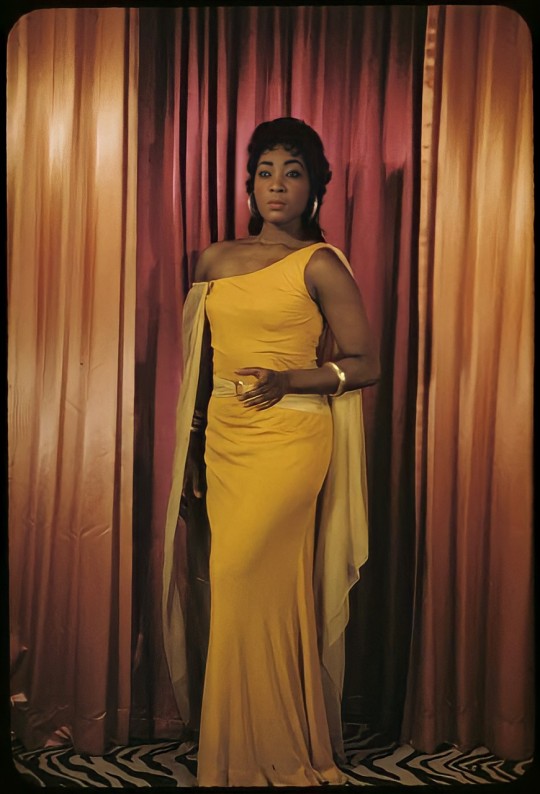

American classical soprano, Gloria Davy photographed by Carl Van Vechten.
133 notes
·
View notes
Text
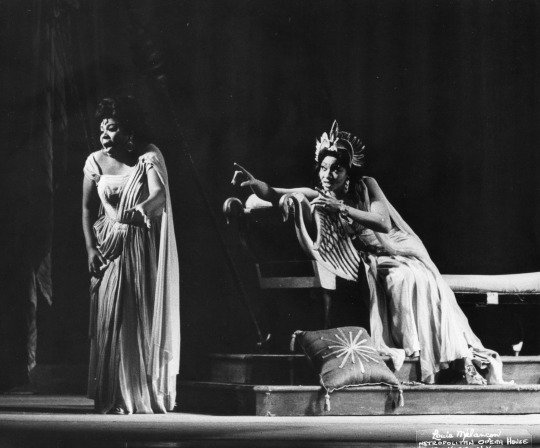
martina arroyo and grace bumbry performing aida (1972)
461 notes
·
View notes
Text
You guys are opera singers. Your voices project even when you’re whispering.
Ray (stage manager) creatively telling us to shut up in the green room.
#theatre#theater#musicals#shows#broadway#opera#operetta#die fledermaus#prelude to performance#martina arroyo
95 notes
·
View notes
Photo
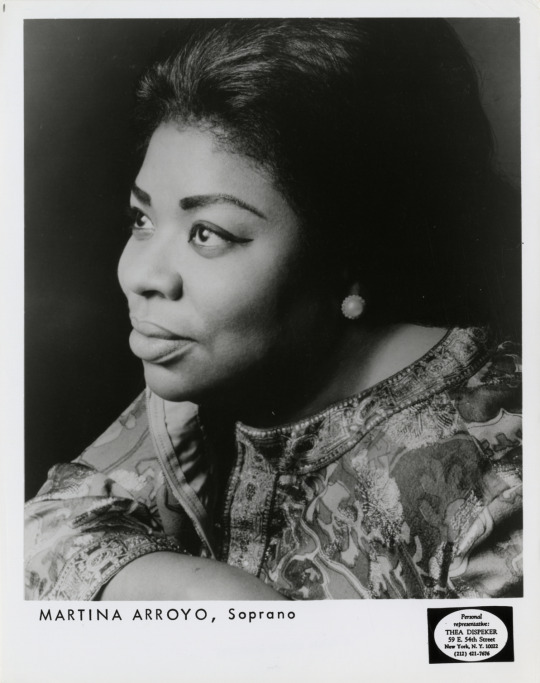


Martina Arrroyo (b. 2/2/1936) is a distinguished soprano who is a pioneer in the American opera community as an African-American woman of Puerto Rican descent. Born and raised in Harlem, Arroyo attended Hunter College High School and received a BA in Romance Languages from Hunter College in 1956. As an undergraduate student, she participated in an opera workshop for fun, but was told that she had great potential. Arroyo decided to begin operatic training while simultaneously pursuing jobs as a teacher of English and Italian at Bronx high schools, as well as a social worker at Manhattan's East End Welfare Center.
Only a couple of years after college graduation, Arroyo was busy studying for a master's degree in comparative literature at NYU, as well as taking classes at the Kathryn Long School for singing, English diction, drama, German and fencing. She got the call, however, to make her first major onstage appearance in a concert performance of Ildebrando Pizzetti's Murder in the Cathedral at Carnegie Hall in 1958. Following that, in February 1959 Arroyo took on the title role in Gluck's Iphigénie en Tauride, accompanied by the Little Orchestra Society at Town Hall. On March 14 that year, she made her Metropolitan Opera debut as the Celestial Voice in Verdi's Don Carlo. This era marked the beginning of the Met opening its doors to African-American women singers, including Marian Anderson, Mattiwilda Dobbs, Leontyne Price, Grace Bumbry, Reri Grist and Shirley Verrett.
Martina Arroyo sang under contract at the Met from 1965 to 1978, and her presence has graced the stages at La Scala, Covent Garden, the Vienna State Opera, the Teatro Colón, the Lyric Opera of Chicago and many other esteemed venues. Although Arroyo retired from performance in 1991, she has spent the last three decades teaching at UCLA, Louisiana State University, University of Delaware, Indiana University, Wilberforce University and the International Sommerakademie-Mozarteum in Salzburg. She created the Martina Arroyo Foundation to support the careers of up-and-coming opera singers, and two of her accolades include an Opera Honors Award from the National Endowment for the Arts (2010) and a Kennedy Center Honor (2013).
Celebrate Martina Arroyo with these transcendent moments in opera:
"Qui Radamès verrà!... O patria mia" (Verdi's Aida) for a Metropolitan Opera audition broadcast on the radio (1958)
"Summertime," "My Man's Gone Now," "I Loves You Porgy" and "Oh Lawd, I'm on My Way" (Gershwin's Porgy and Bess) - part 1 and part 2 - performed alongside baritone Ingvar Wixell and tenor Sven-Erik Vikström; accompanied by the Swedish Radio Symphony Orchestra, Swedish Radio Choir and Boys Choir with conductor Sixten Ehrling for Swedish National Television (c. mid-1960s)
"Libera me" (Verdi's Requiem) - part 1 and part 2 - accompanied by the London Symphony Orchestra with conductor Leonard Bernstein (1970)
"Un bel dì vedremo" (Puccini's Madama Butterfly), live at the Met (1970)
"Teco io sto" (Verdi's Un ballo in maschera), duet with tenor Luciano Pavarotti live at the Met (1971)
Receiving the Kennedy Center Honor (2013)
#happy birthday#martina arroyo#opera#operatic soprano#operatic sopranos#women in opera#women in music#opera history#african american history#african american women in history#african american women in opera#african american women in music#puerto rican history#puerto rican women in history#puerto rican women in opera#puerto rican women in music#new yorkers#new york#new york city#nyc#photography#music#representation in opera#representation in music#representation in media#hunter college#hunter college high school#metropolitan opera#trailblazers#women in history
6 notes
·
View notes

